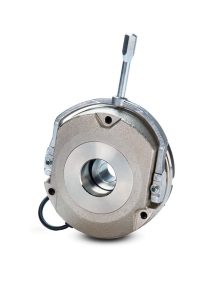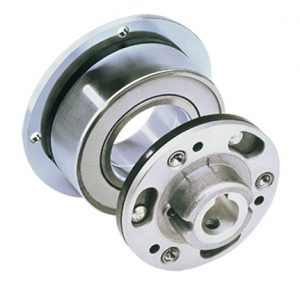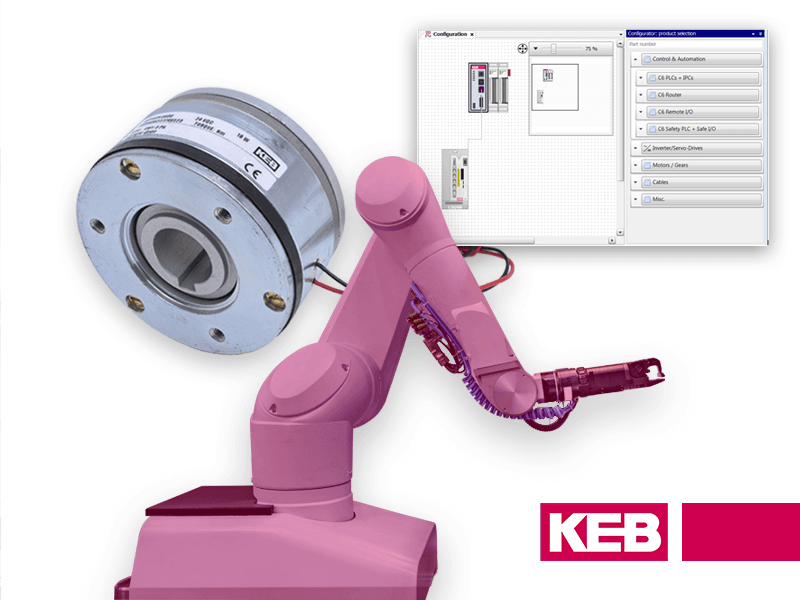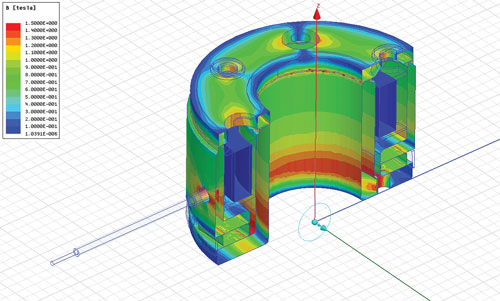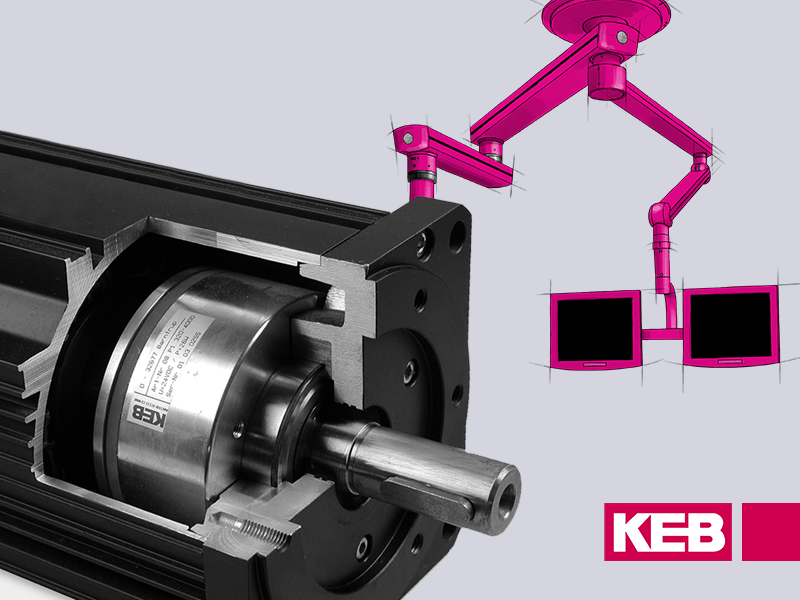The robotics industry is diverse and becoming more prevalent daily, from the manufacturing floor to the operating room. With it comes unique and challenging engineering problems pertaining to holding the arms and joints accurately in place. Robotic brakes with precise control is one-way KEB can step in and lend a helping hand.
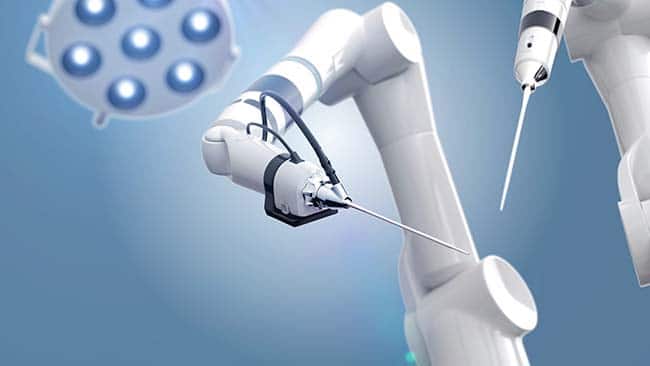
KEB’s experience supplying robotic brakes
For years, we have experience solving numerous brake applications within the medical, industrial, AGVs, manipulator arms, and specialty robotics industries. Typically every movable joint on the robot will need a method of braking and holding an accurate position. Our two brake technologies used in this industry, Spring Applied and Permanent Magnet, are used worldwide in all different types of robotics.
Local design and production
We take these applications head-on from our Minnesota facility, where we design and produce these brakes for manufacturers in North America. We understand that every robotic application has different requirements, so if we have to stray from our cataloged product to tailor and customize a brake to meet a customer’s requirements, we can do so.
Some of the main application brake specifications and requirements for robotic applications are:
- Small size (diameter)
- Low weight
- Low inertia
- Minimal to no backlash
- No residual torque when opened
- Verified torque range
- High quality
Though a standard brake design is always preferred and often times suitable, we have done custom brakes ranging from low profile pancake brakes, linear brakes, multi-disc, special mounting configurations, and tooth brakes to meet the customer braking requirements.
Precision brakes for precision robots
Robotic applications need precise movement and positioning and can remain in that spot without straying. To optimize the robot’s movement, the components need low inertia and weight with no residual torque to minimize their effect on the motors while properly positioning the robot. Once the motor moves the arm/joints into position, they must be held there without straying. Our permanent magnet brakes have no residual torque or backlash for high-positioning applications.
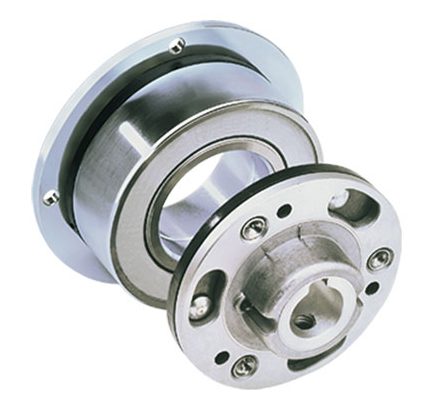
We will use a spring-applied brake designed with minimal backlash for applications that want the peace of mind of mechanical actuation. Both of these brakes are, of course, power-off, so in the case of an emergency or power failure, they will lock the arm/joint into place.
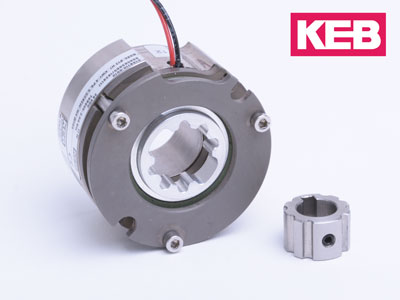
Besides verifying the torque will meet our nominal specification, we can also provide the test data to verify the braking torque is within a specified torque range. A torque window is needed to ensure the brake will not damage a joint (too much torque causing too quick of a stop) or so the manufacturer knows what joint will fail and slip first to plan accordingly to protect the entire system.
ISO-13485
On top of all of these designs we can do to ensure we are meeting the customer requirements, we ensure everything that leaves our facility is of high quality. Our manufacturing facility is ISO-9001 certified, and we can adhere to ISO-13485 for medical robotic applications or to increase product quality checks.
Our engineers love new challenges, and out-of-the-box solutions are nothing new. If we can’t meet your brake specifications with a standard product, we will work together to design a product that meets your braking needs in all sizes, torque, performance, and cost.
KEB America – A Valued Technology Partner
Speak with a KEB America engineer today to discuss your robotic brake application.
Let's Work Together
Connect with us today to learn more about our industrial automation solutions—and how to commission them for your application.
